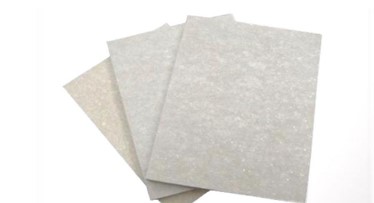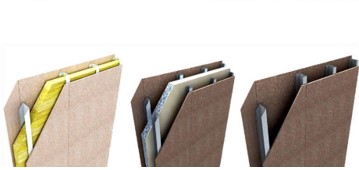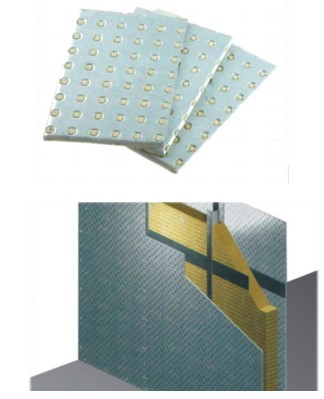
在各类爆炸性危险场所中,我们除了安装使用具有有效防爆合格证书的防爆电气设备外,还要考虑如何大限度地降低这类场所因各种不可控因素引起的爆炸所产生的损失。安装和使用抗爆墙、抗爆门窗和泄爆墙、门窗等是一种安全有效的办法。下面由中诺检测简单介绍抗爆墙和泄爆墙的应用以及安装工程。
一、泄爆墙
1、泄爆墙的应用
泄爆墙建筑是用于有潜在爆炸危险的区域。这类墙体可以是单独搭建的或依托原有建筑墙体搭建,其泄爆配件或装置使墙体开启从而释放区域内的压力使爆炸造成的破坏程度达到小,目的在于在爆炸发生时降低爆炸区域有限空间内的压力,降低爆炸产生的冲击波和压力对主体建筑结构的威胁,同时控制爆炸发生时火焰与冲击波的方向。


2、泄爆墙的应用场所包括:
(1)大型仓库防火区域
(2)变电站及发电机房
(3)储油、化学原料储存区
(4)化工厂车间生产区
(5)制药厂
(6)高科技电子厂控制室
(7)高价值及重要文件资料库
(8)任何具有高危险需防火时效区域
3、泄爆墙的特点:
(1)泄爆迅速:泄爆板本身结构较为脆弱,能在极短时间内实现泄散,有效降低爆炸压力。
(2)泄爆时不易造成二次伤害:泄爆板泄压时呈粉末状,无尖锐棱角,重量很低,且设置在无人员通行或设备的方向,不会造成二次伤害。
(3)防火性能良好:泄爆墙内填充A级岩棉,具有良好的防火保温性能,耐火极限可达4小时。
(4)抗风压:初期设计方案时,会结合外墙风压、墙体高度等数据,对檩条、龙骨、螺栓和泄压板布设,确保稳定性的同时实现泄压功能。
4、泄爆墙的爆炸性危险场所的应用
如果发生意外的爆炸过程中会产生非常强大的冲击压力,于此同时冲击力会将一些物体打成碎片四外飞溅,在爆炸的过程中往往会因为压力冲击以及碎片的冲击而造成人体及财物的巨大损失。泄爆墙的应用是通过迅速泄散建筑中的一些构件而化解临界的压力,同时还可以对爆炸的碎片进行一定的控制,极大得降低了冲击压力及碎片造成对人体的伤害。

5、泄爆墙的安装工艺介绍
在对泄爆墙进行施工时要先进行对轴线的定位,然后按照龙骨架,骨架内填充岩棉,在涂抹涂料时先对底层的板面进行缝隙填补,然后再在墙面上刷上一层弹性的防水腻子,后再刷上一层防火涂料。
在设计之初要预留好门窗的洞口,如果洞口较大时可以采用双龙骨相互对扣的方式来增强它的强度。 通过对泄爆墙合理的施工将会很大程度上降低因为爆炸而引起的意外伤害和损失,因而在现在建筑领域按照标准都必须安装配备。
二、抗爆墙
1、抗爆墙的应用
抗爆墙是应用在爆炸性危险区域与安全区域中间,将两者隔离开来,用来在爆炸危险发生时,将爆炸产生的火焰、冲击波等隔离在安全区域以外,保护墙后人员以及设备的安全。抗爆墙可以单独搭建或依托建筑物原有承重墙、外墙搭建。
2、抗爆墙的特点
(1)具有良好的结构强度,能够在爆炸发生时保证自身结构不被破坏,以保护墙后的人员那和设备。
(2)可以在日常使用中作为隔墙或外墙。
(3)具有良好的防火耐燃性能。


3、抗爆墙的应用场所
抗爆墙广泛应用于各种爆炸性危险区域,如:油库、化工厂、粮食饲料厂、棉麻衣物生产厂、造纸厂、医药生产、化学品生产运输储存过程中等。
4、抗爆墙的安装工艺介绍
抗爆墙在依托建筑物原有墙体进行安装是,需先设计龙骨密度,在建筑物原有墙体上用膨胀螺丝或者化学螺栓固定龙骨,龙骨内外用螺栓和绞索固定抗爆板,内外抗爆板之间填充岩棉以增强耐火性。抗爆板外部刷墙面涂料,若作为建筑物外墙使用则需在外墙面上做防水处理或加装饰面,作为内墙使用则刷防火涂层。
本文版权归中诺检测所有,抄袭盗用将保留追究权利,转载请必须注明原文出处。